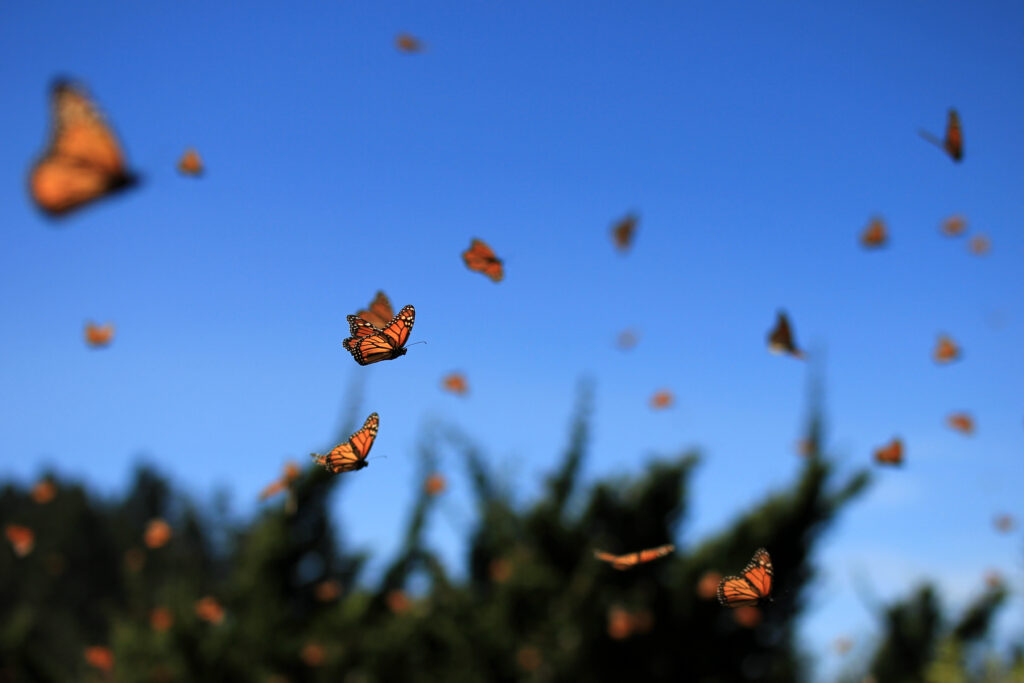
The monarch butterfly is one of North America’s most recognizable species. Every year, these incredible insects travel up to 2,000 miles across a vast range stretching from Canada to Mexico. While monarchs can be found in more than 90 countries, the vast majority still call North America home. In fact, they live in every U.S. state except Alaska, playing a vital role in pollinating flowers and crops along the way.
But monarch populations have been in steep decline. Over the past few decades, the eastern population has dropped by 80 percent, while the western population has plummeted by more than 95 percent. In response, the U.S. Fish and Wildlife Service (FWS) has proposed listing the monarch as a threatened species under the Endangered Species Act (ESA).
The good news? This proposal takes a more balanced approach than most. Instead of heavy-handed regulations, FWS is considering a flexible rule under Section 4(d) of the ESA, which allows exemptions for everyday agricultural activities like farming, ranching, and habitat restoration. The agency also wisely limited its critical habitat designation to just 4,400 acres—focused on key overwintering sites—out of the monarch’s vast 2.8-billion-acre range.
At PERC, we believe conservation works best when it’s voluntary and incentive-driven, not punitive. That’s why we support FWS’s effort to encourage landowners to restore and protect monarch habitat without fear of burdensome regulations. Private landowners play a crucial role in monarch conservation, and this rule recognizes that reality.
That said, the plan could be even better. The agency should fully consider how the rule will impact landowners and local governments. If the agency’s regulations prove too burdensome for the landowners who provide vital monarch habitat, successful recovery will be much more difficult. The final rule should ensure that the benefits to monarchs outweigh the costs imposed on landowners.
Ultimately, if we want to help the monarch butterfly thrive, we need policies that work with landowners, not against them. A flexible, incentive-based approach is the best way to ensure monarchs continue their incredible migration for generations to come.



